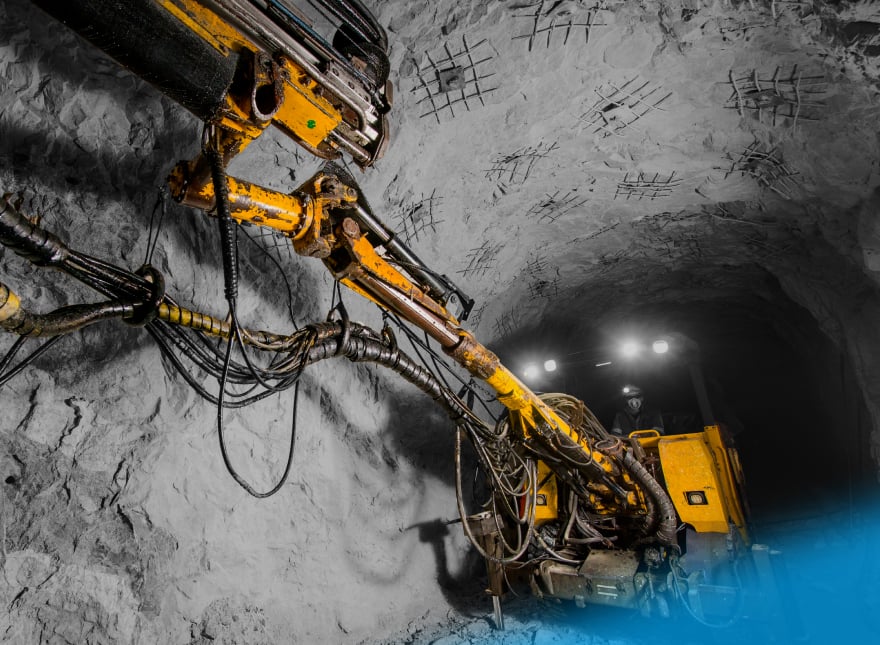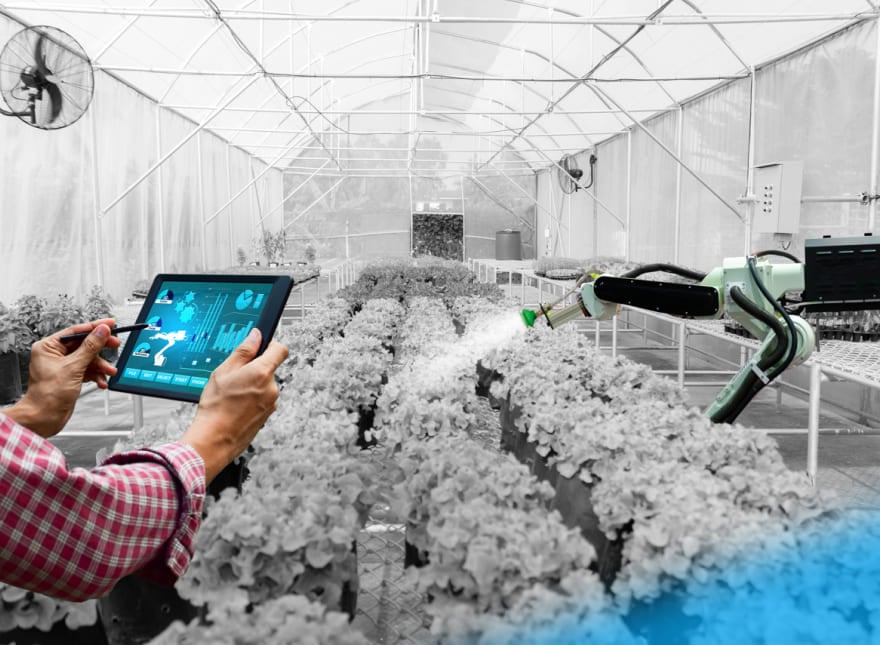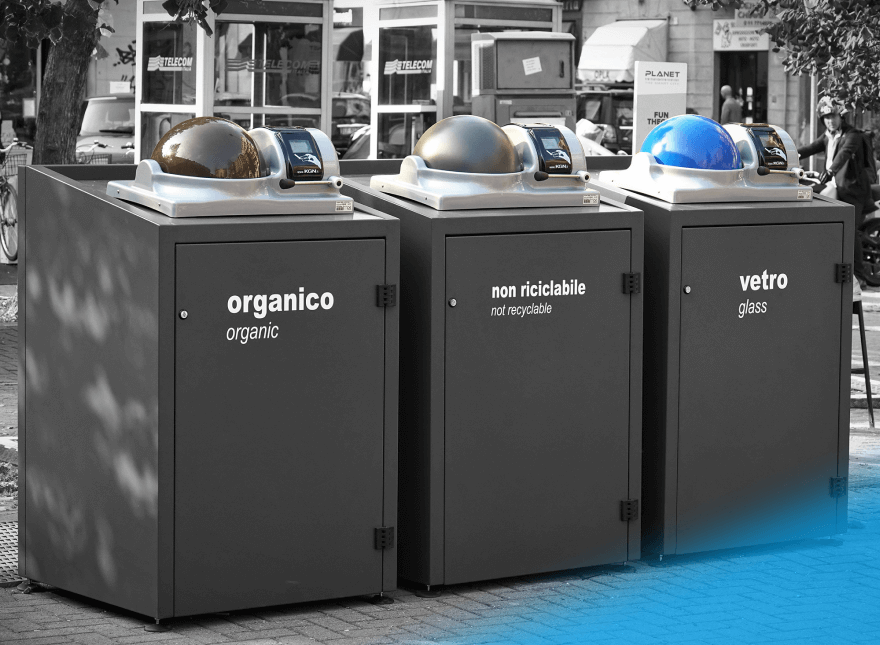Why AI Technology for HVAC Is the Next Big Thing in the Commercial Real Estate Market

How can commercial real estate (CRE) resist recession? By optimizing charges and adding extra value to rented properties. Smart heating, ventilation, and air conditioning (HVAC) control is a perfect tool for it.
Are you ready to go further? Then it’s time to pass the control of your buildings over to artificial intelligence. Yes, IoT-based HVAC is smart. But AI-empowered HVAC systems are the smartest.
Table of Contents
CRE Challenges Solved by AI HVAC
This is how Abel Samaniego, CEO and co-founder of $4.4M worth HVAC solutions, explains the value of their product equipped with the AI functionality:
With each iteration, [it] improves or adapts and changes its decisions based on the current circumstances inside and outside the building. It does this by using cognitive Artificial Intelligence to drive a Model-Based Predictive Control (MPC) System which can dynamically adjust all HVAC setpoints based on current/future conditions.
So, if traditional HVAC solutions are based on fixed set-point resets, modern IoT-based AI-empowered systems focus on predictive control. Let’s see what benefits it brings to CRE businesses.
Let’s imagine one of the users of office buildings, the one that takes decisions. So here she is—Jessica, CEO of the Local X company. Local X spent the lockdown working remotely. Now, it’s time to return to office life. And Jessica is looking for a new space for her team. How should she choose among numerous options which are more or less equal in terms of space, price, and location?
First of all, Jessica has some recent regulations to follow. So here comes the first criterion—safety. A healthy building would feature touchless tech, incorporated smart ventilation, and filtration systems for better indoor air quality (IAQ) in enclosed spaces. Regardless of the office layout (open space, cubicles, glass partitions), AI-based HVAC systems control air flows and help make the entire space safer.
Secondly, Jessica has to think about her employees who’ve spent months in their home offices. What can attract them back to the office? Comfort and flexible schedules! The AI technology is capable of quick adjustments to occupancy conditions. Depending on the number of people in the building, the system turns on/off air conditioning, regulates the temperature accordingly, modifies other settings, and keeps bills low.
Finally, Jessica was lucky to find a 9,000 sq feet office in Tower A: posh, modern, and smart. The building is equipped with an AI-based HVAC system. The latter has become the key selling point to Jessica, and now their 40 employees are moving into the place.
Why would such a high-class building have a similar price as its less advanced competitors? First, predictive maintenance ensured by AI increases the building’s lifespan and state. Second, automated HVAC processes require less time and fewer workers to maintain Tower A. Third, AI algorithms help reduce electricity costs.
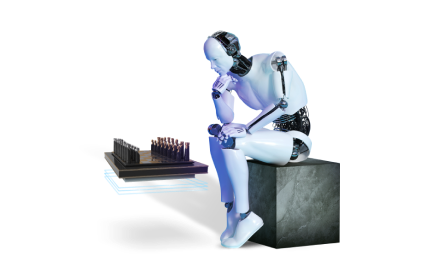
AI-Based HVAC Control Explained
What does it take to equip a building with a smart HVAC system? Not that much, especially if there’s already a traditional HVAC system in place.
The HVAC system receives controllable (temperature, humidity, etc.) and uncontrollable (weather condition, occupancy status, etc.) inputs from multiple sensors. When it gets dark outside, when the space is overcrowded, or when we have our hottest summer on record, the HVAC control is the first to know about it.
AI is always awake to take these inputs into account and adjust settings. Thanks to it, the HVAC system monitors multiple parameters, specifies set points, turns units on/off, and performs a number of other actions. All this happens absolutely autonomously, no energy efficiency manager is needed. When any environmental parameter changes: weather, occupancy, energy consumption, and so on, the HVAC control regulates itself right away.
Recently we compared smart AI-based building automation systems (BAS) to a chameleon. Like a lizard, the system adapts itself to the changing conditions and regulates the building in every aspect, from lighting to security. HVAC is among the key BAS components as it makes an interior space comfortable.
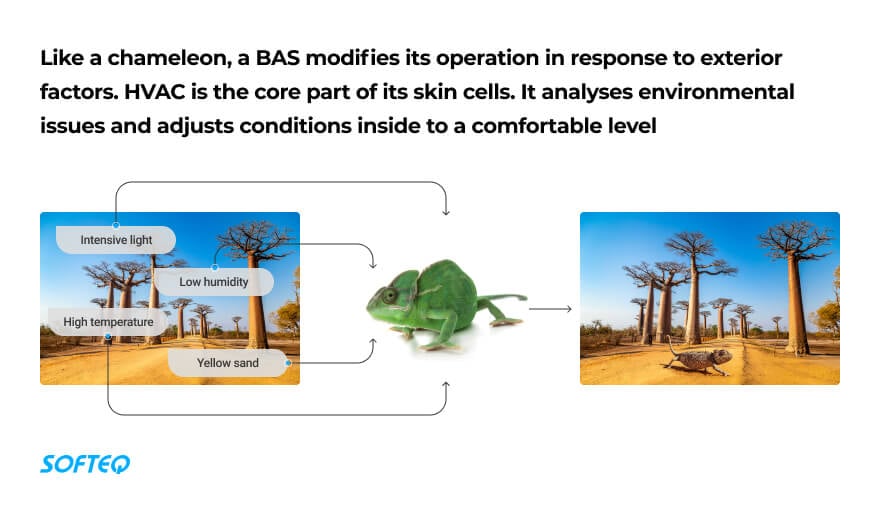
From Manual to Automated HVAC System Management
Basic Use Case
HVAC systems allow users to manually adjust temperature, ventilation, and other parameters. As a consequence, they achieve the desired indoor environmental comfort.
AI-Based Use Case
An HVAC system empowered with AI technologies is able to adapt itself to changing circumstances. An AI-based solution processes real-time data from sensors and adjusts the system automatically, not manually.
Here is a brief recap of how such a system learns to adapt itself:
- The system analyzes occupant behavior and comes up with more accurate demand predictions.
- Distributed AI in the end-control devices generates optimal set points. Hardware parts stick to these set points. This ensures a more dynamic reaction to indoor and outdoor changes.
- The system uses non-linear HVAC control techniques instead of a rule-based approach. Non-linear control allows HVAC to process complex data from various sensors. This makes the system’s operation closer to the one managed by a human.
Benefits
- Quick responsiveness. No matter how fast your occupants’ requirements change, the system reacts quickly without manual configuration.
- Better tariff management. An intelligent HVAC system provides means to reduce bills and optimize energy use, from occupancy-based air quality control to eliminating excessive heating and cooling.
- Legal compliance. A connected AI-assisted solution makes it easier to follow federal and state requirements. This helps avoid unnecessary fines.
AI helps unlock the full potential of your connected IoT platform! Softeq is here to integrate the new technologies into business.
From Hardware Settings to AI Control
Basic Use Case
Traditional ready-to-use HVAC systems work with a preset number of parameters. If you have a standard commercial building, you would go for a more basic control. Should you decide to integrate HVAC into a healthcare institution, you would turn to a more advanced solution.
Problems occur when a traditional HVAC system, used in a commercial building, needs a serious upgrade. Should your occupants’ criteria change or another law be adopted, you may face having to replace the current solution with a new one that is more configurable. This would definitely result in high upfront investments and additional discomfort.
AI-Based Use Case
The power of Artificial Intelligence is not the sensors used or the platform operated behind them. True power lies in algorithms and their possibility to learn depending on the presented data sets.
Once you have an additional factor to control, HVAC system software developers add a number of new data sets. For example, a new legal order compels you now to measure and control pollution levels indoors. Or your tenant is interested in air quality metrics because their employees suffer from asthma or other diseases.
AI enables you to set and adjust new parameters in a more sophisticated way. You can upgrade the system’s logic while keeping its hardware part in place without massive changes and extra costs.
Benefits
- Additional control. Depending on the new purposes of your building, a smart HVAC system can be quickly reprogrammed.
- No big investments. The system’s upgrade doesn’t make you change the existing hardware or software parts for new ones.
From Reactive to Predictive Maintenance
Basic Use Case
A traditional HVAC system responds to system outages after a failure occurs. It uses ready-to-use protocols and reactive maintenance strategies.
AI-Based Use Case
AI tools help take immediate control over your HVAC system the moment something goes wrong. This is what John Wallace, Director of Innovation, Emerson Commercial and Residential Solutions, thinks about profits of AI-based HVAC systems:
[...] to detect problems faster and pinpoint what actions need to be taken to help minimize both disruptions to our customers’ operations and their operational expenses.
Advanced HVAC control platforms react proactively. They help avoid or minimize the outcome of the system’s downtime. They change the work of technicians, mechanical contractors, and building facilities managers. Now they can:
- Perform proper HVAC equipment performance analyses;
- Detect any annoyance happening before it turns into a real problem;
- Plan further steps.
For example, such a platform can generate reports based on data machine analysis and propose recommended actions to take.
Benefits
- Stable performance. AI enables better analytics, control, and management. Its tools enhance the operations and maintenance (O&M) of commercial buildings and quickly detect anomalous behavior.
- Provided recommendations. Automated fault detection and diagnostics create recommendations to plan further actions and system optimization.
Artificial Intelligence and HVAC in the Future
Modern HVAC control systems based on AI algorithms yield tangible benefits for all parties. They are on the radar of all major construction companies. Commercial real estate agencies can use the availability of AI-based solutions as an extra enticement to attract new customers. It's a win-win!
Softeq’s engineers and managers have the expertise to help you with every step of the digital transformation journey. Contact us to build a powerful HVAC system.
More articles on the topic
